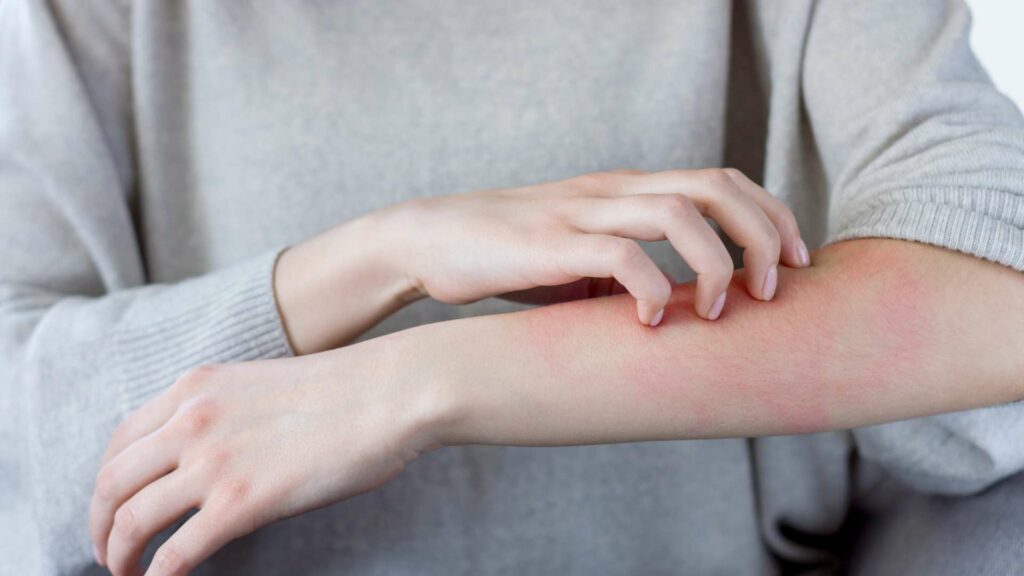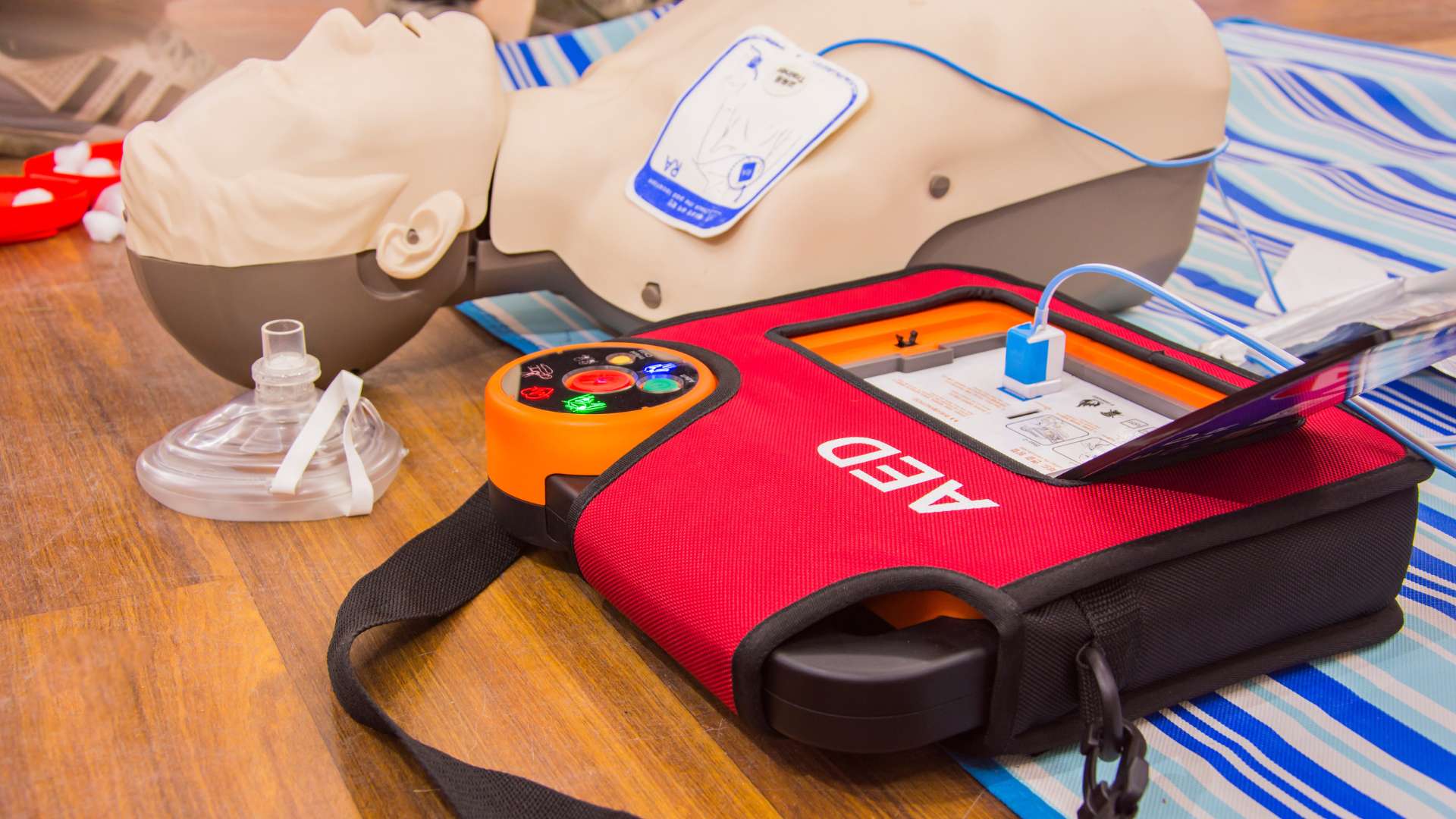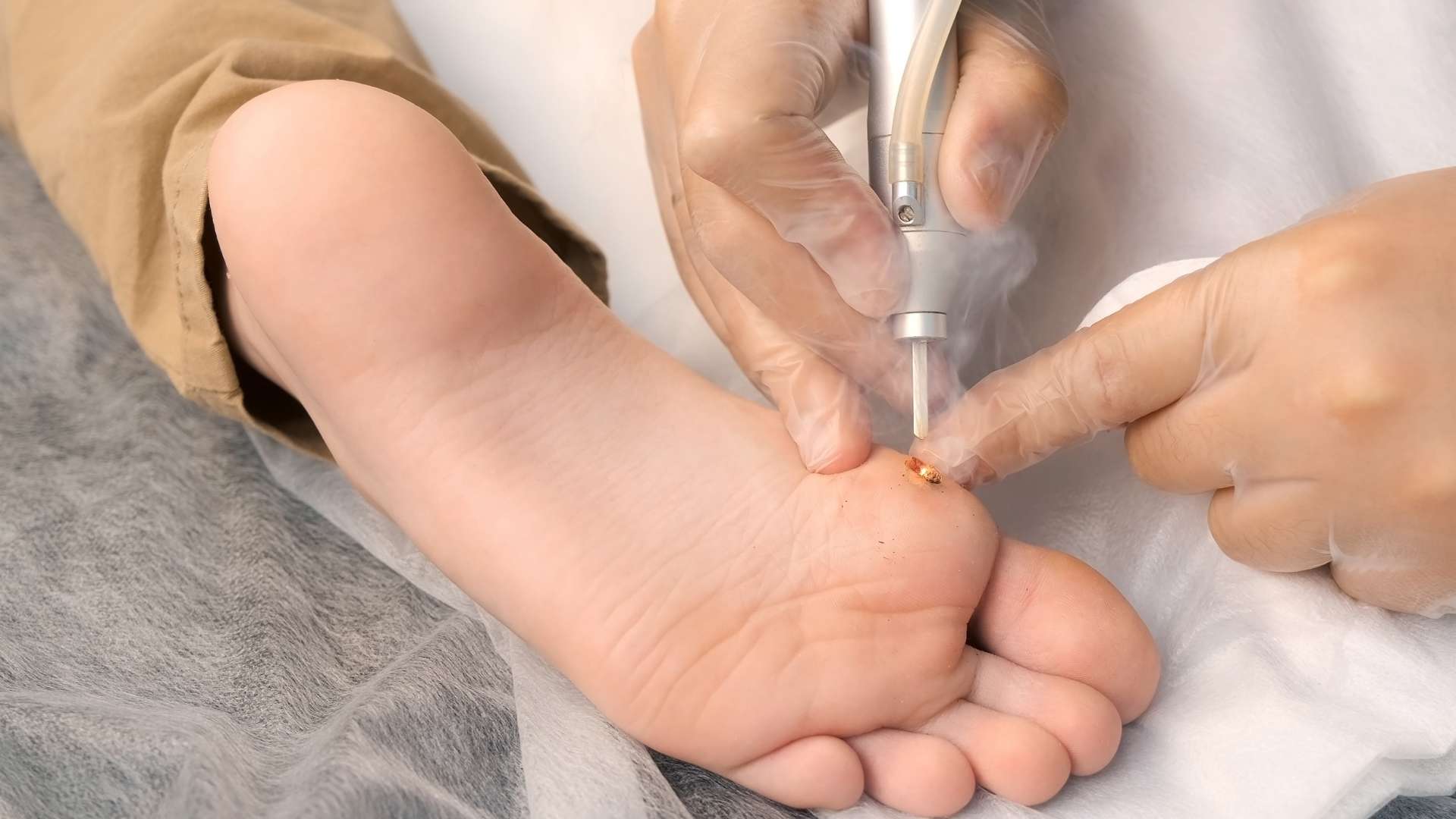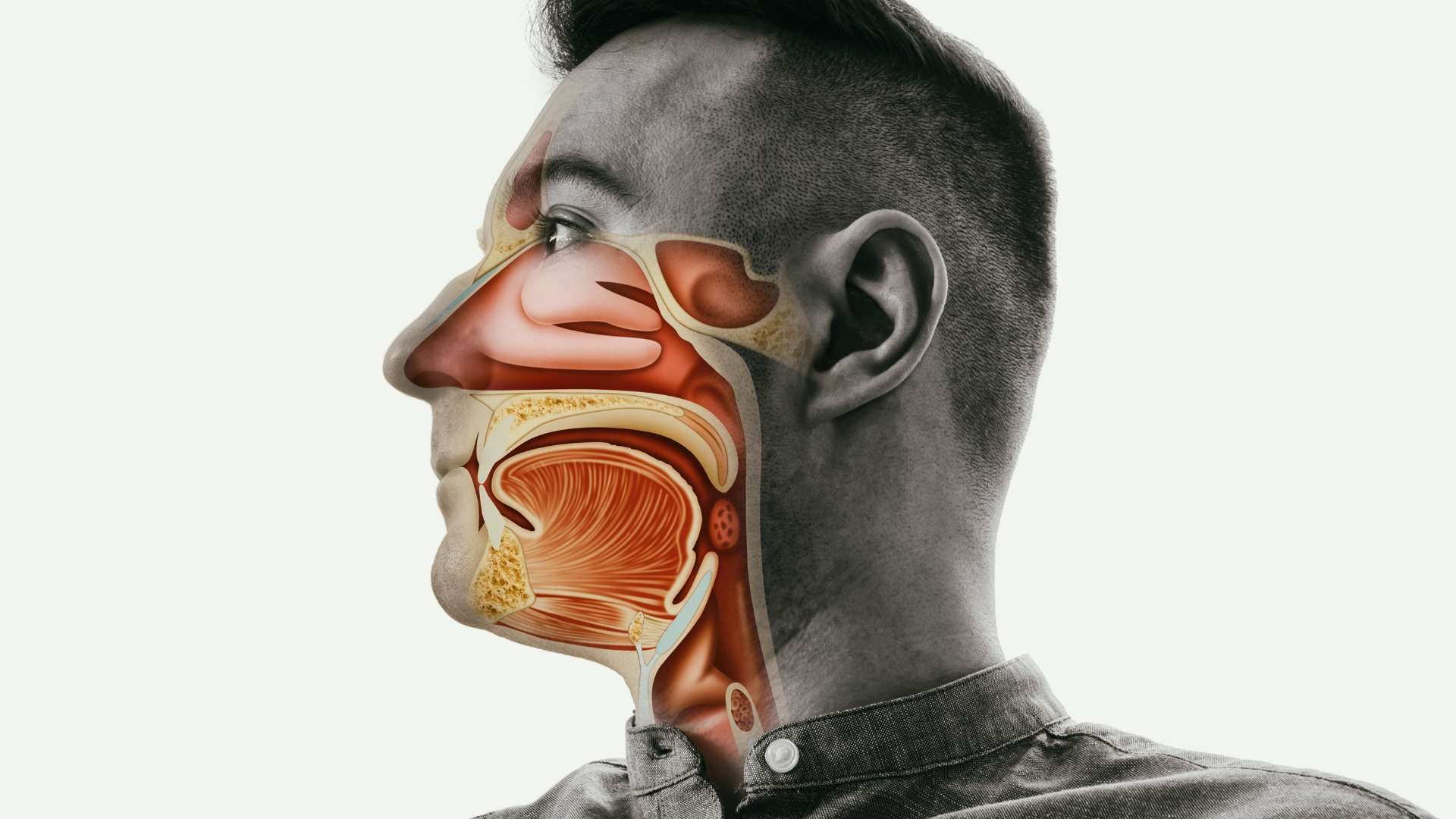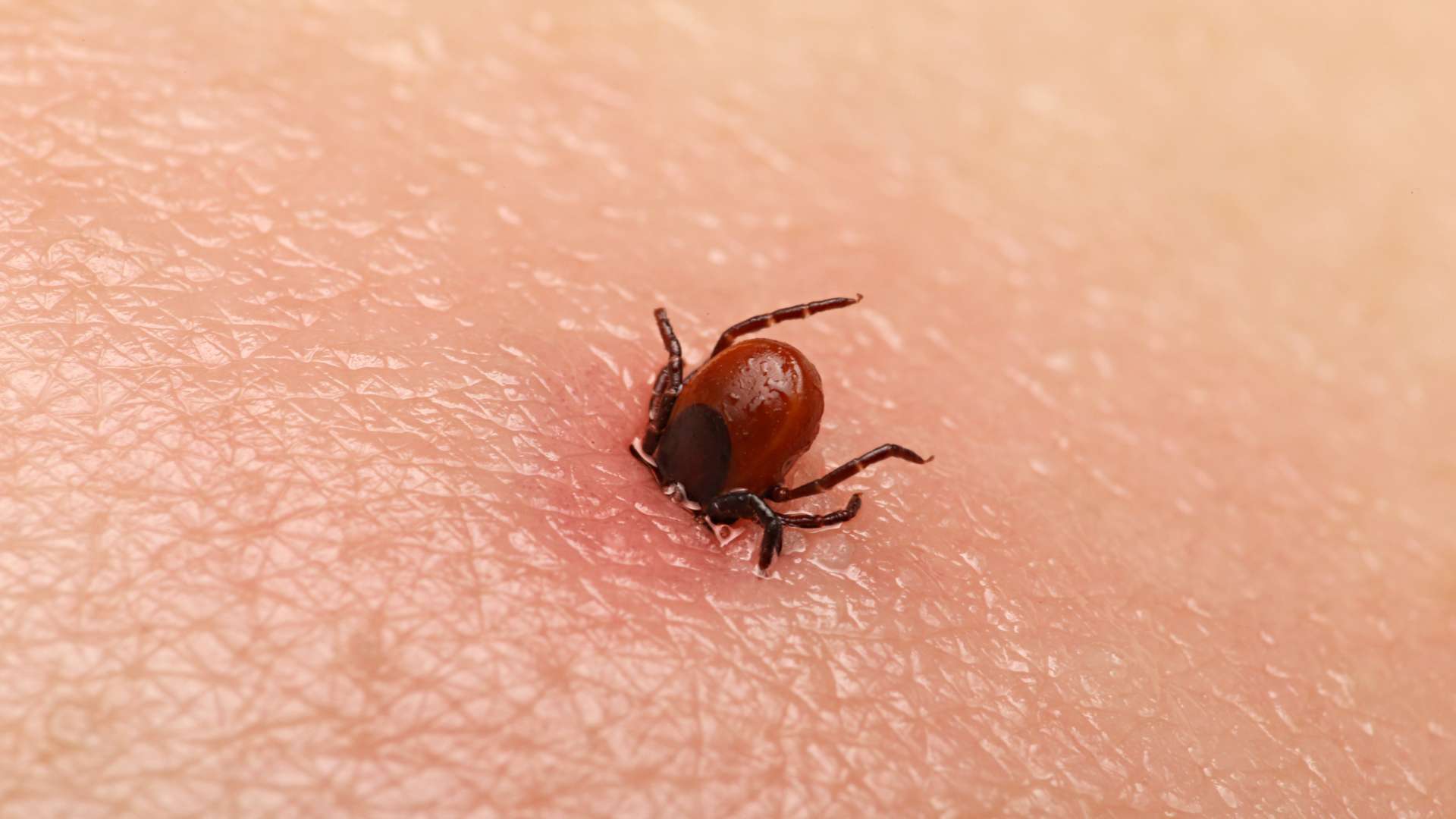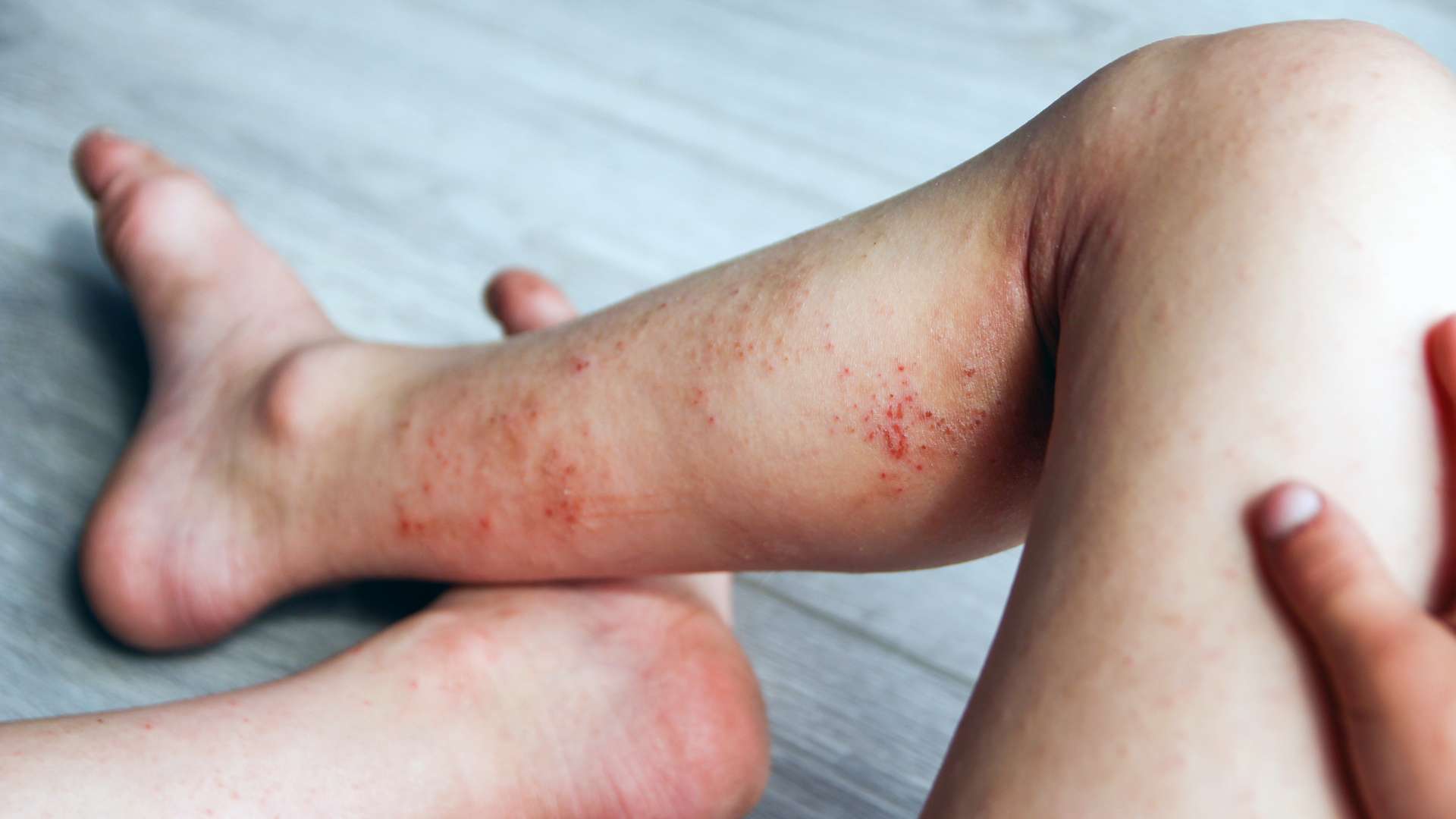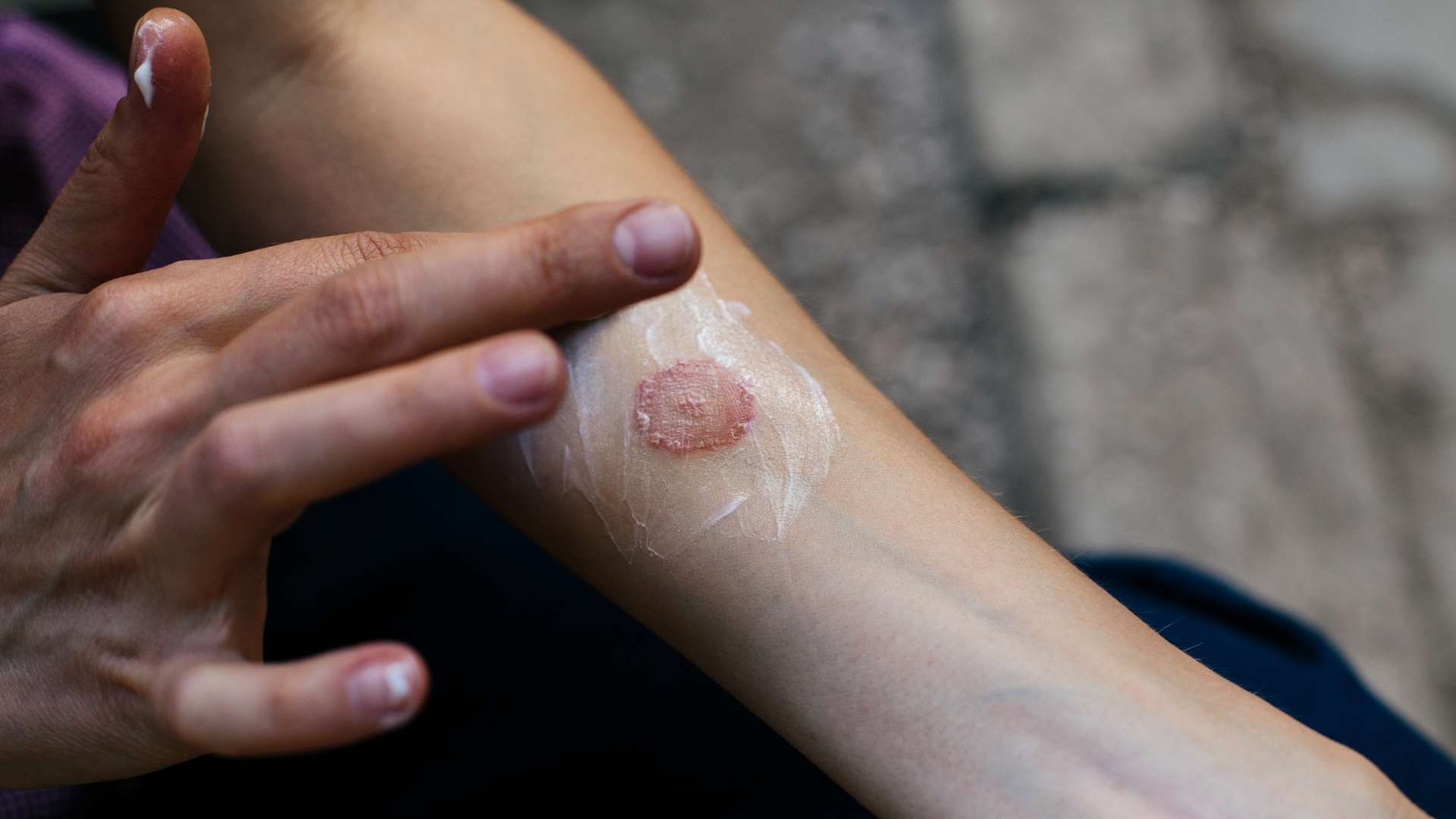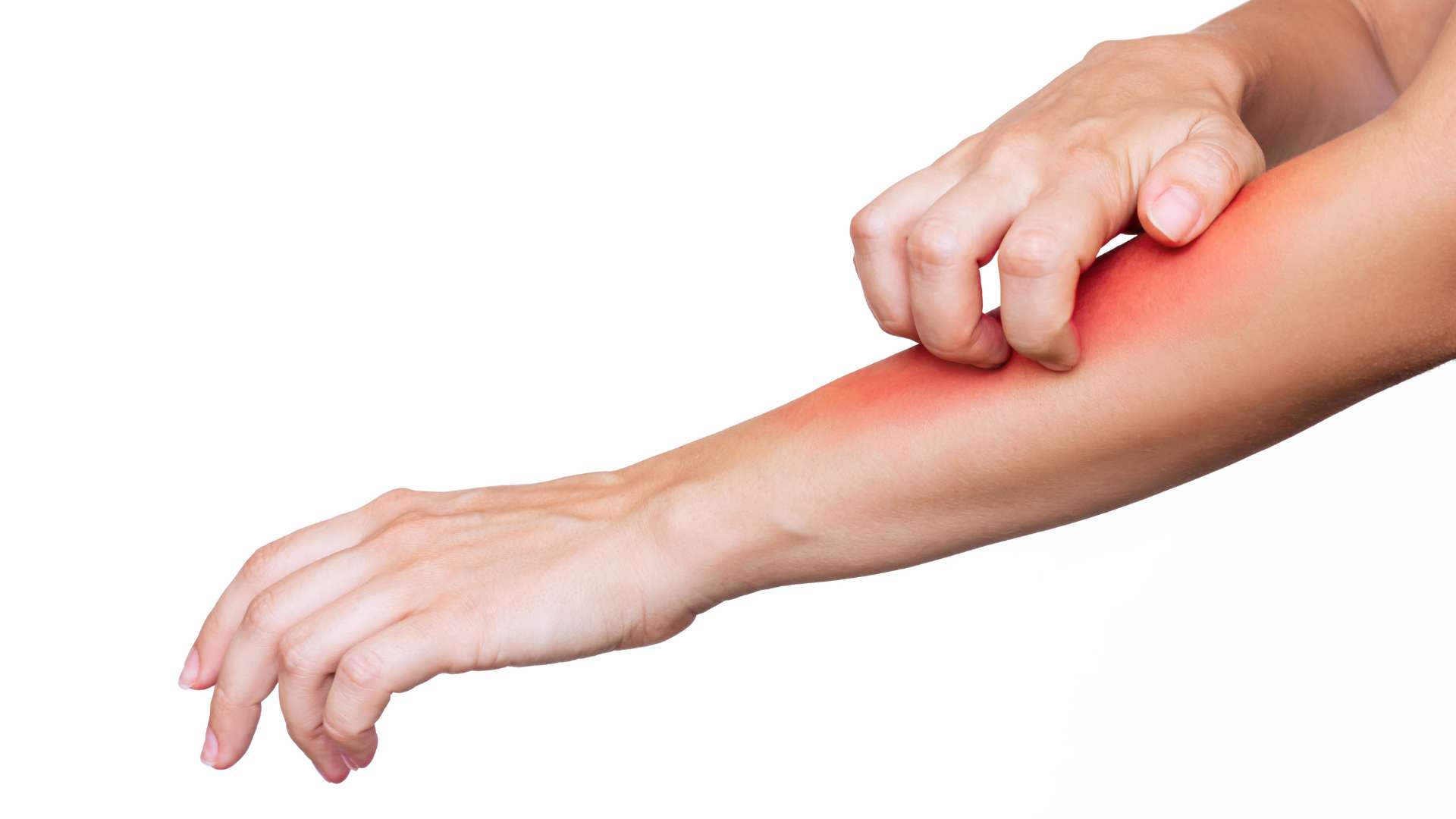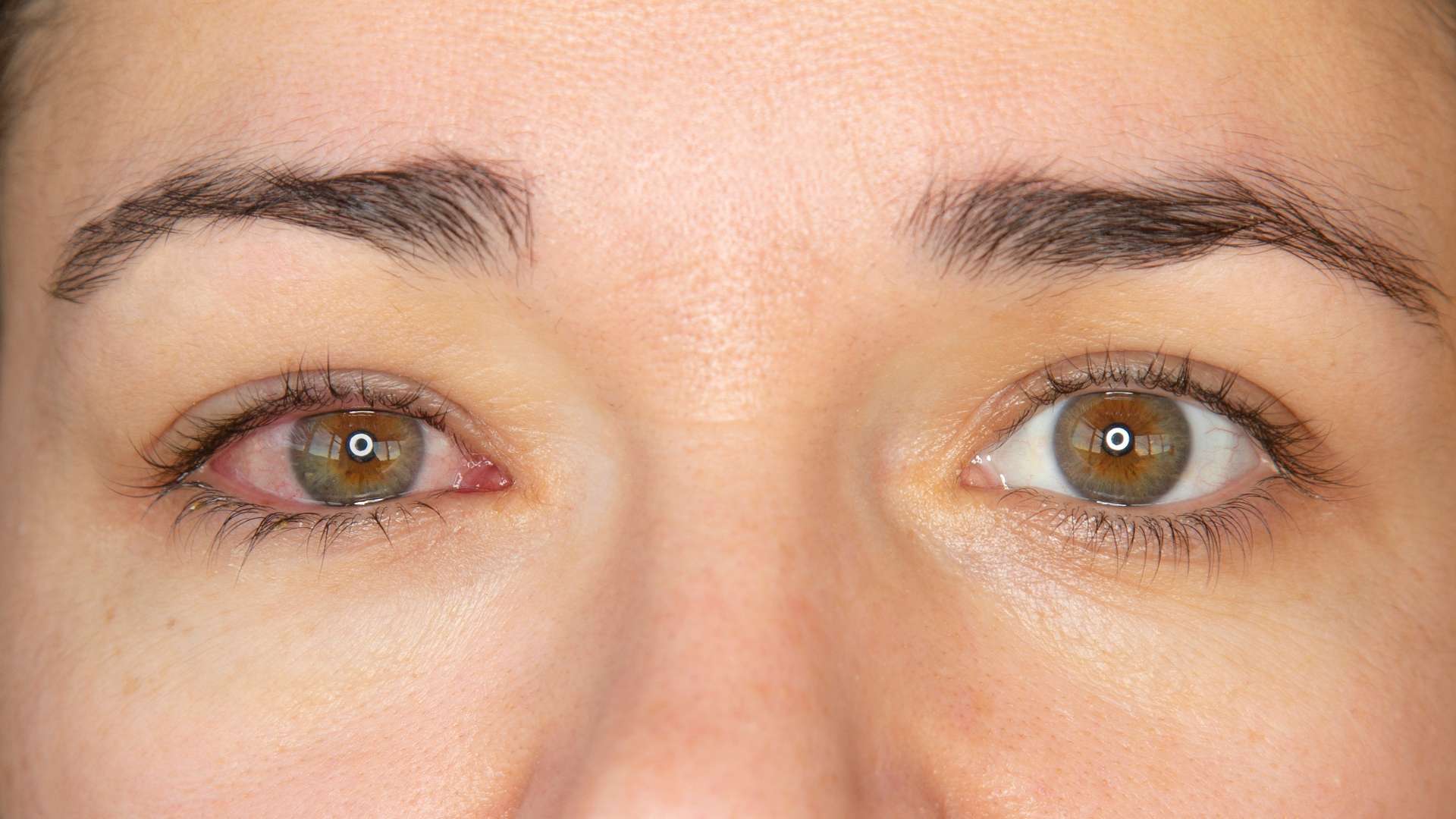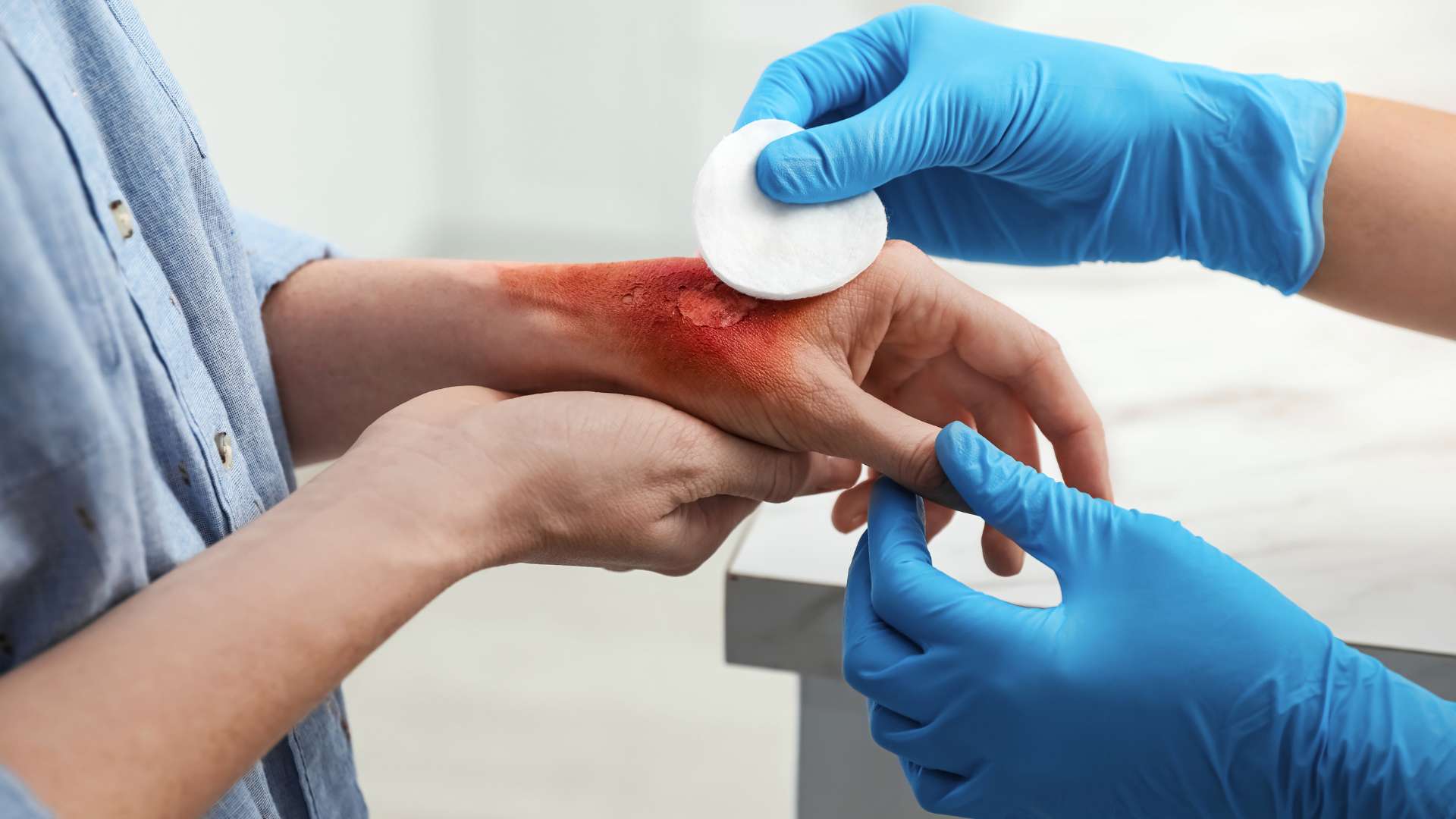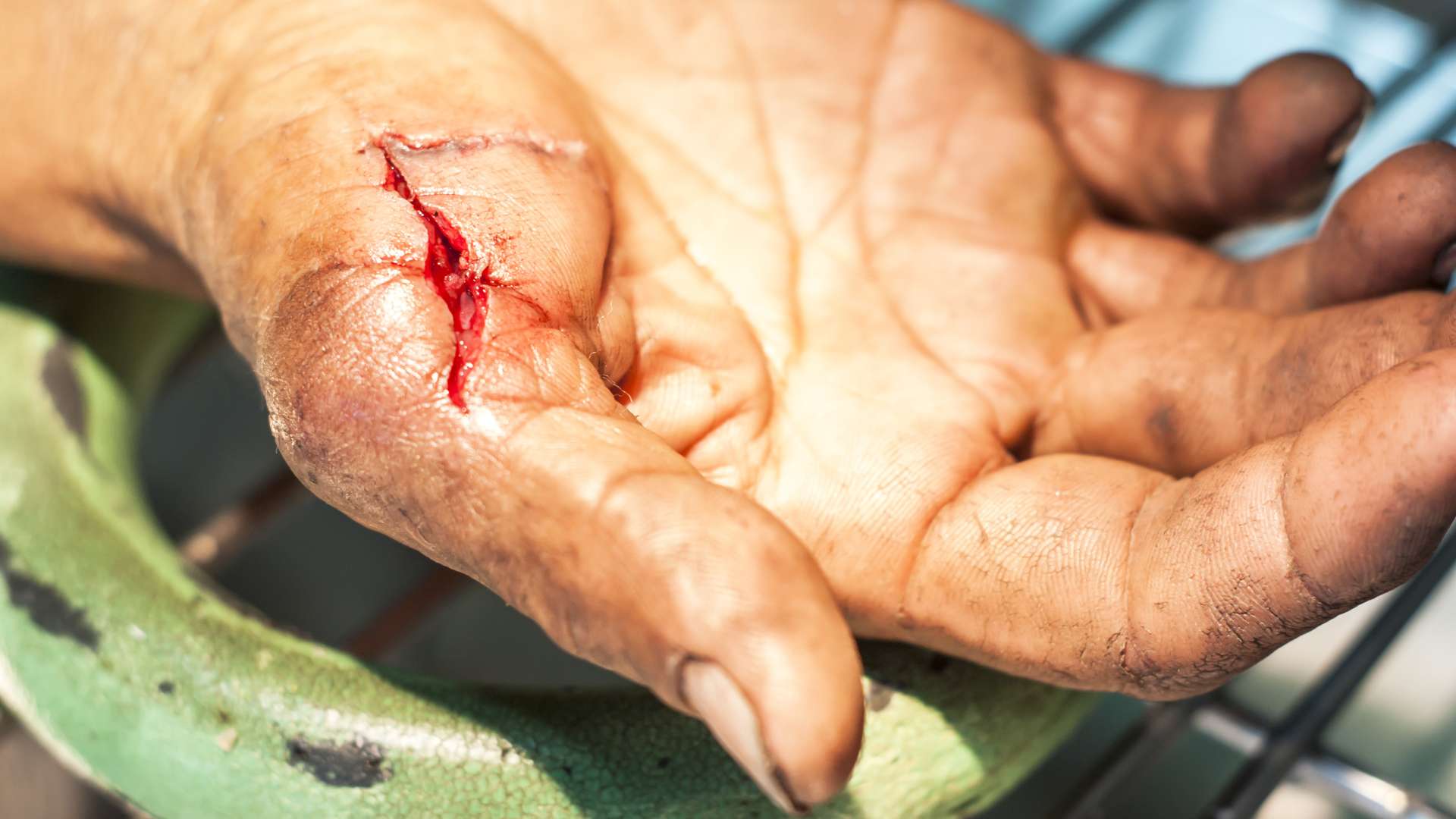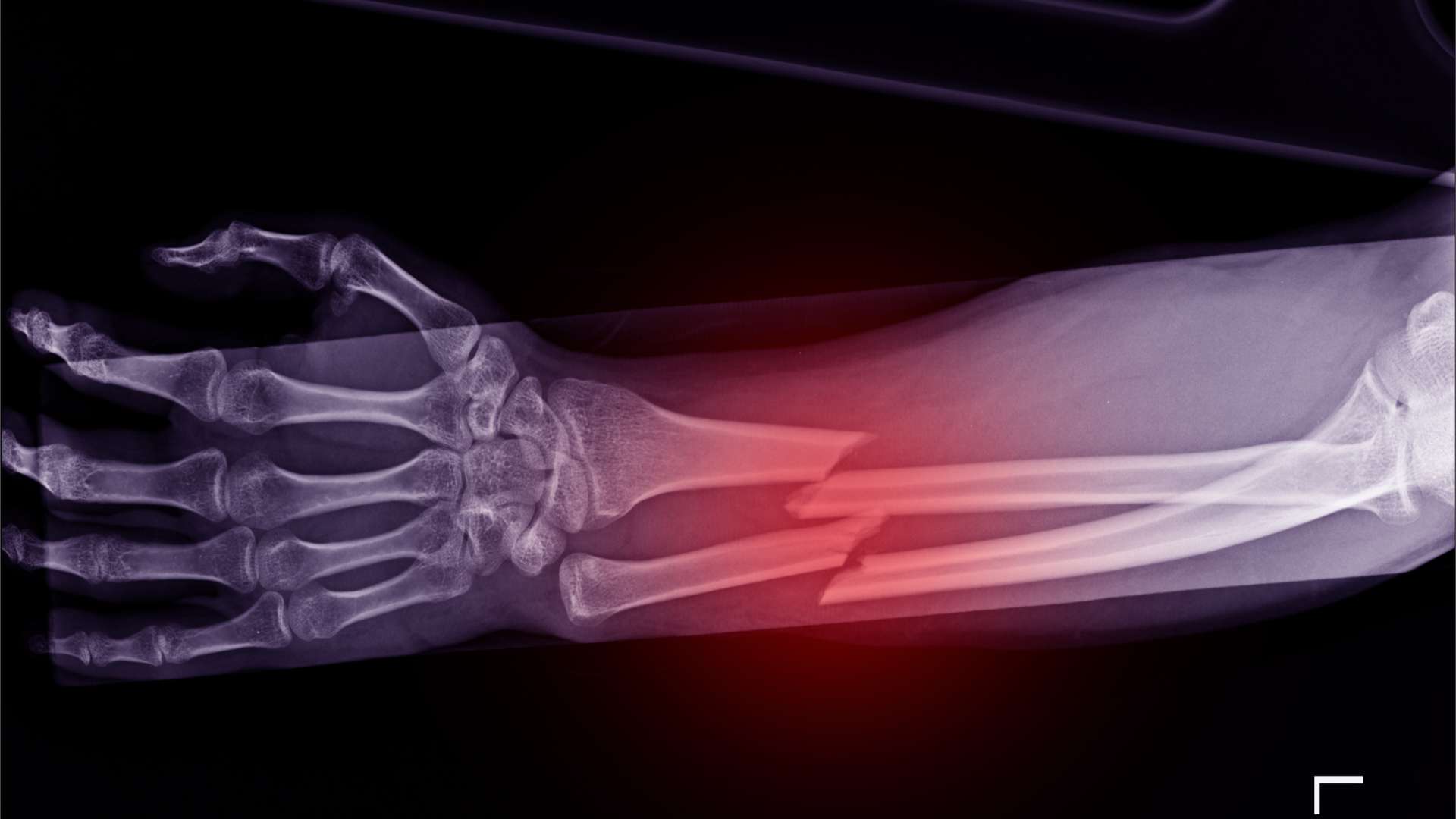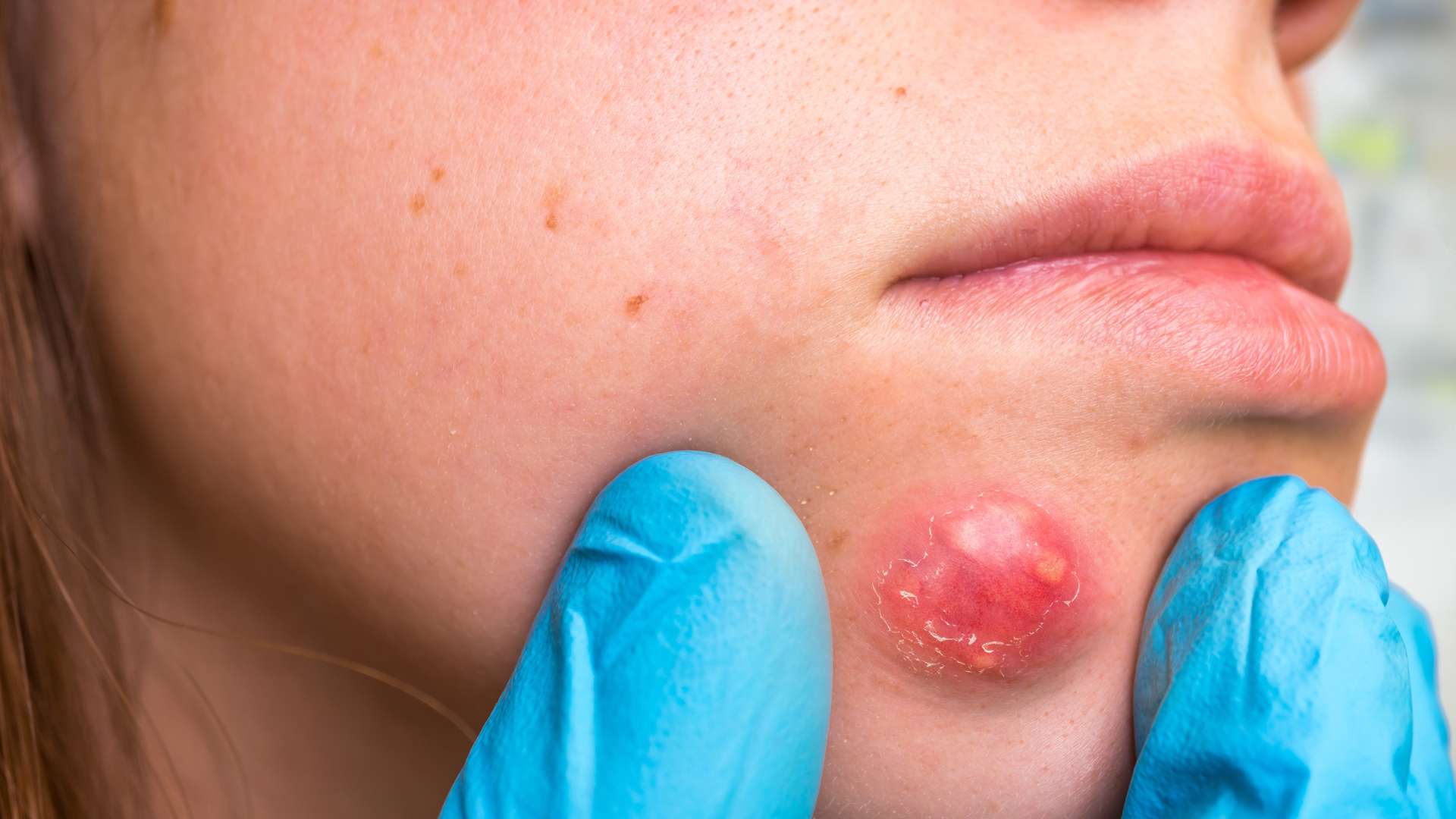Sumac contains urushiol, the oily irritant and allergen in poison ivy and poison oak. It is critical to understand the ailments urushiol causes to protect yourself and your employees.
What Does Sumac Look Like?
Sumac has seven to thirteen leaflets arranged in pairs.
Symptoms
Contact can cause rashes, itching, and irritation. Some people might experience an allergic reaction.
Contraction
Several occupations come in contact with the plant, including:
Landscapers and Gardeners: Those working outdoors are at higher risk of exposure during landscaping and gardening activities.
Construction Workers: Employees working in wooded or overgrown areas may encounter these plants during construction projects.
Park Rangers and Outdoor Recreation Staff: Professionals in these roles are exposed to natural environments where poison ivy, poison oak, or poison sumac may be present.
How to Care for Contact
If someone comes in contact with Sumac, immediate action is require:
Clean Skin Well: Rinse the affected area with soap and water as soon as possible to remove the oil.
Do Not Scratch: Discourage scratching to prevent further irritation and potential infection.
Use a Topical Ointment: Apply over-the-counter hydrocortisone cream or calamine lotion to alleviate discomfort until medical evaluation.
Prevention
Education is the best method to prevent contact with Sumac. Ensure employees can identify Sumac and know the right precautions to take to decrease the chance of contact.
Read more about Occupational Health Services and how we can safeguard your workforce from environmental hazards and promote their overall well-being. Explore our wide array of services and resources designed to cater to your specific needs. Don’t wait any longer, contact us now to schedule your appointment and take the first step towards a healthier and safer workplace.

